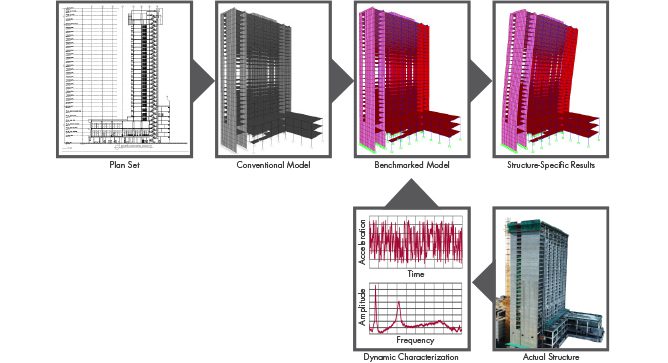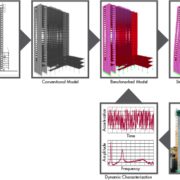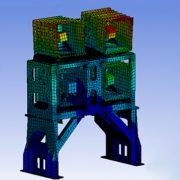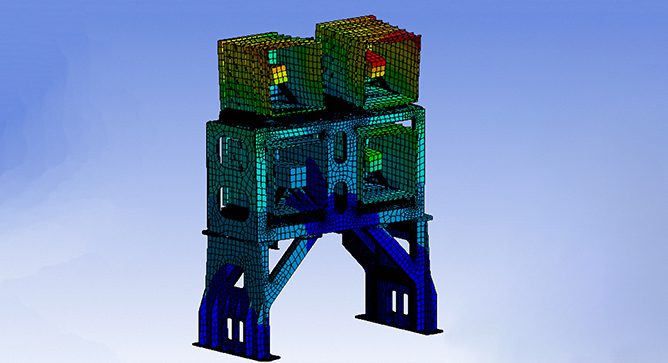News & Views, Volume 45 | Improved Asset Management Through Test Informed Analysis

Introduction
Structures may experience unforeseen operating environments or site-specific hazards leading to changes in the structure’s performance, safety, and longevity. These changes often prompt asset owners to undertake analysis efforts to ensure satisfactory structural performance for the updated conditions. However, conventional analyses that fail to capture the true behavior of a structure can lead to inaccurate analysis results, causing owners to make less than ideal asset management decisions. Structural Integrity (SI) is uniquely positioned to pair our dynamic characterization and advanced structural analysis capabilities to generate a better structural model. SI vibration experts use impact testing, forced vibration, or ambient excitation sources, along with proprietary signal processing software, to non-destructively characterize the dynamic behavior of structural systems. This characterization is used to inform advanced structural analyses by SI analysis experts to provide more accurate results related to operational improvements, damage location, and retrofits.



 Things change, that’s just a fact of life. But when it comes to engineering codes and standards, change can be confusing, frustrating and expensive. As it relates to seismic design and certification of equipment, it is beneficial to understand the impact of code changes early to begin incorporating requirements in new equipment design, product updates and in the certification process.
Things change, that’s just a fact of life. But when it comes to engineering codes and standards, change can be confusing, frustrating and expensive. As it relates to seismic design and certification of equipment, it is beneficial to understand the impact of code changes early to begin incorporating requirements in new equipment design, product updates and in the certification process.